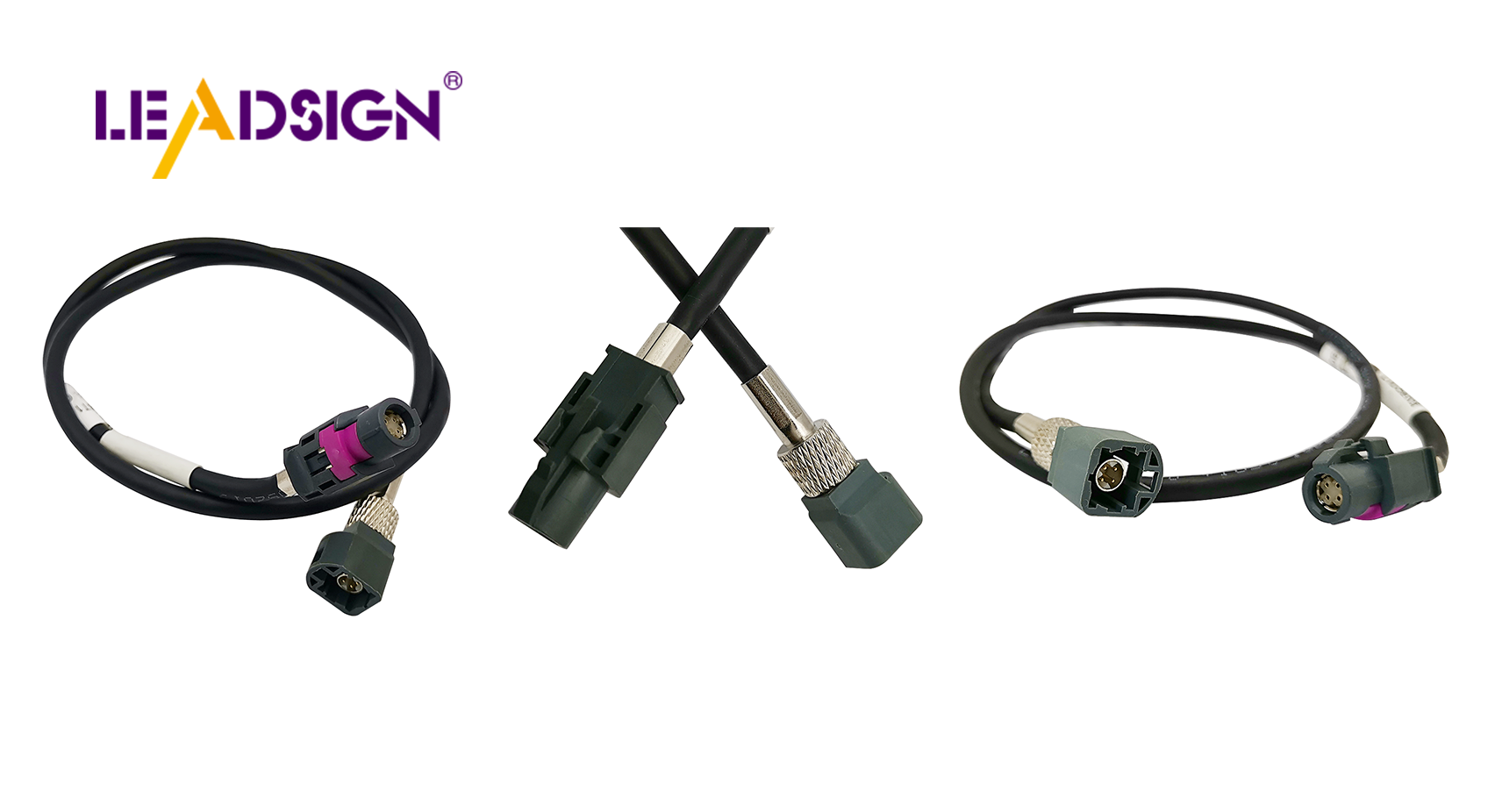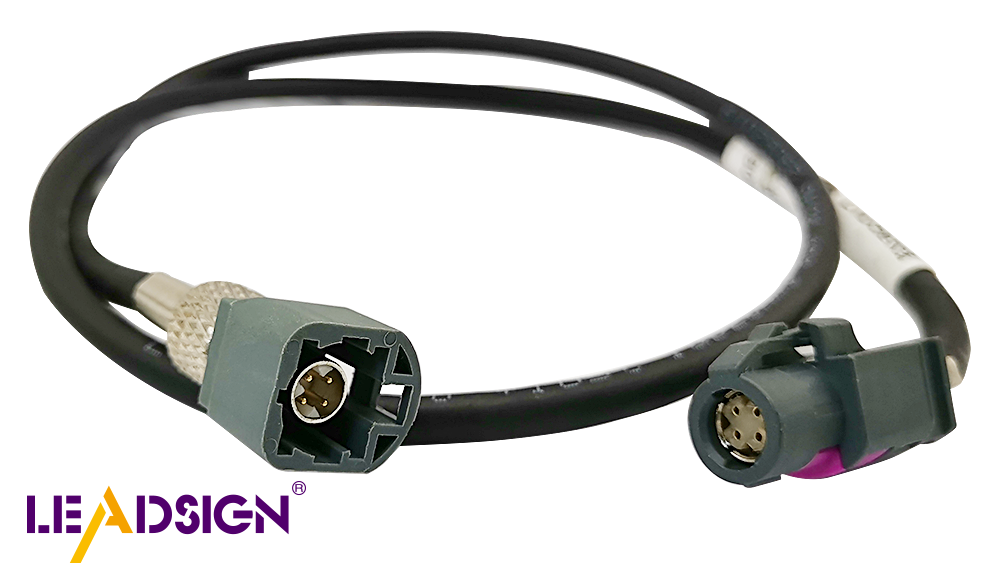A Guide to Car Wire Connector Types

Automotive wiring connector types are crucial components in vehicles. They play a vital role in facilitating the flow of electricity between various car components, enabling seamless operation of electronic parts. Modern cars utilize a variety of connector types, each designed for specific purposes. These connectors consist of male (plug) and female (socket) parts, tailored for different applications. Connectors with larger pins are essential for high-power connections to ensure optimal performance. Understanding the different automotive wiring connector types is key to selecting the appropriate one, ultimately enhancing safety and overall functionality of vehicles.
Basics of Car Wire Connectors
What Are Wire Connectors?
Definition and Purpose
Wire connectors are key parts in a car's electrical system. They link different circuits to help electricity move smoothly. By joining wires tightly, they let car parts work well.
Common Materials Used
Manufacturers use copper, brass, or bronze for wire connectors. These materials conduct electricity well and don't rust easily. This makes them perfect for cars, ensuring they last long in various conditions.
Importance in Automotive Systems
Safety Considerations
Wire connectors are important for keeping cars safe. Good connections stop electrical problems that might cause breakdowns or fires. Secure links protect both the car and people inside.
Efficiency and Performance
Good wire connectors boost how a car works overall. They lower resistance and improve electricity flow, helping electronic systems run better. This means better gas mileage and working car features.
Types of Car Wire Connectors

Knowing different automotive wiring connector types is important. Each type has a special job and benefits.
Crimp Connectors
Crimp connectors are very common in cars. They join wires well without soldering.
Types of Crimp Connectors
Butt Connectors: Join two wires securely end-to-end.
Ring Terminals: Attach wires to a stud or screw firmly.
Spade Terminals: Easy to attach and remove from blocks.
Uses in Cars
Crimp connectors are used a lot in cars. They connect lights, batteries, and engines easily and reliably.
Solder Connectors
Solder connectors join wires by melting metal for a strong bond.
Pros and Cons
Pros:
Strong, lasting connection.
Great conductivity.
Cons:
Takes more time and skill.
Harder to fix or change.
Common Uses
Solder connectors work best for permanent connections. Used in audio systems and engine sensors where reliability matters.
Quick Disconnects
Quick disconnects are popular too. They let you connect or disconnect easily without tools.
Features and Benefits
Easy Use: Quick connections are fast and simple.
Versatile: Good for many uses like lights or audio systems.
Typical Uses
These are used where disconnection happens often. Found in car audio, lights, and parts needing maintenance or swaps.
Other Types of Car Wire Connectors
Pig Tail Connectors
Pig tail connectors help join wires in cars. They have a short wire with a connector. This makes them easy to add to existing wires. They are useful when direct links aren't possible. Pig tail connectors keep the electrical system safe and secure.
Bullet Connectors
Bullet connectors make joining wires simple. Their round shape allows quick connections and disconnections. Just push parts together to connect them. They're great for places needing frequent changes, like car repairs.
Heat Shrink Connectors
Heat shrink connectors are strong and waterproof. They have tubing that shrinks with heat, sealing tightly around wires. This keeps connections safe from water and damage. They're perfect for tough conditions in cars, lasting a long time.
Installation Techniques
Tools Needed
Using the right tools helps install car wire connectors well. Here's what you need:
Main Tools
Wire Strippers: Take off insulation without harming wires.
Crimping Tool: Tighten crimp connectors strongly.
Soldering Iron: Needed for solder connectors.
Heat Gun: Shrinks heat shrink connectors tightly.
Extra Tools
Multimeter: Tests electrical links.
Wire Cutters: Cut wires to right length.
Connector Puller: Removes connectors safely.
Installation Steps
Follow these steps for easy installation:
Getting the Wire Ready
Cut the Wire: Use cutters to make it the right size.
Strip Insulation: Remove half an inch with strippers.
Twist Strands: Twist wire ends neatly.
Connecting the Connector
Pick the Connector: Choose one that fits your need.
Put in Wire: Push stripped wire into connector.
Make it Secure:
For crimp, press hard with a tool.
For solder, melt solder to join wires.
For heat shrink, use a gun to seal tight.
"Good installation keeps cars safe and working well."
By doing these steps, anyone can make strong connections, improving car safety and performance.
Troubleshooting and Maintenance
Common Issues
Car wire connectors can have problems, just like other parts. Finding these problems early keeps the car's electrical system working well.
Bad Connections
Bad connections happen if not installed right or from wear. Loose connectors can cause lights or systems to fail sometimes. Regular checks find loose ones. Using a crimp tool correctly makes them tight, lowering bad connection chances.
Rust Problems
Rust is a common problem for wire connectors. Water and chemicals can make them rusty, stopping electricity flow. Rusty connectors might short out or stop working. Heat shrink connectors seal well, protecting from rusting by keeping moisture out.
Maintenance Tips
Taking care of wire connectors makes them last longer and keeps the car's electrical system running smoothly.
Regular Checks
Regular checks are key for good wire connector care. Look for worn wires or loose connections to stop issues before they start. Check for rust and change any bad parts quickly. Regular care keeps the car's electrical system in great shape.
Cleaning and Care
Cleaning wire connectors removes dirt that builds up over time. Use a soft brush or air to clean gently. For rusty ones, use a corrosion blocker to stop more damage. Good cleaning keeps connectors working well and lasting long.
"Regular maintenance and fixing of wire connectors boost car safety and work."
By doing these things, people can keep their car's electrical system strong, making sure connections last long and work well.
Wire connectors are important in cars. We talked about types like crimp and solder connectors and how they are used. Installing them right and taking care of them makes them last longer. Checking and cleaning stops dust and rust, which can cause problems.
Taking care of wire connectors helps them work well for a long time.
Knowing this helps people keep cars safe and running smoothly. Understanding these parts helps make smart choices for better car performance.
See Also
Exploring Ford Fakra Connectors: A Comprehensive Overview
Understanding Fakra Connectors in Honda Cars: A Detailed Analysis
In-Depth Look at Fakra Connectors: Fundamentals, Varieties, and Uses
Mastering Fakra Female Connectors: An Extensive Manual
Unlocking the Potential of Fakra Connectors: Benefits, Uses, and Setup Advice

